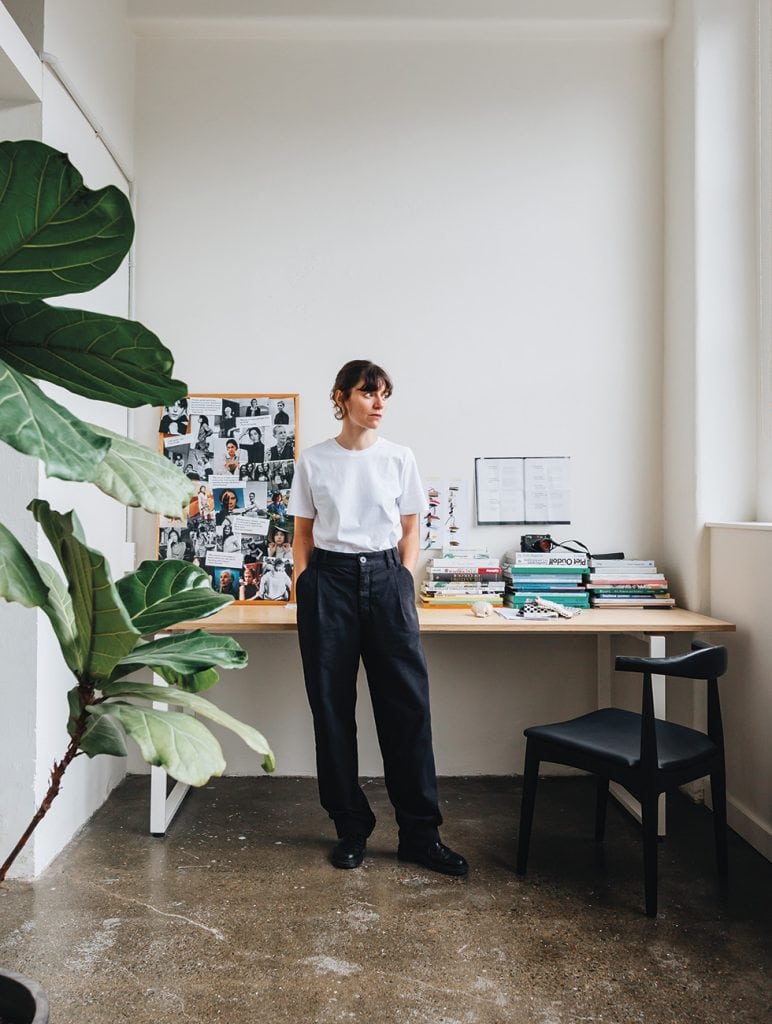After a decade working as a fashion designer in Paris, Marilou Dadat arrived in Tāmaki Makaurau/Auckland to run her own small line of accessories and lecture at AUT. A year later, she took up the role of head designer at progressive fashion label Kowtow, where she’s been for the past five years — the last as creative director now based in Pōneke/Wellington, having taken up the prestigious mantle from founder Gosia Piatek.
So, Marilou, what does your role entail? As creative director, I create how each range will look and feel, and what it will say. I catch up daily with my team, who work at bringing that vision to life. This may involve a window installation, editing a photoshoot, fitting toiles [prototypes] or approving colour swatches for a future season.
When I transitioned into my new role, I kind of freaked out because I was spending most of my time in meeting rooms or in front of a screen, so I’ve had to find a balance between business and creativity. I love playing with textures, colours and forms, and embarking the team on a journey with me, when everyone is bubbling away with ideas and solutions. Seeing the studio looking like a laboratory is the most satisfying part of my job, and after months in the making, spotting people in the street wearing Kowtow is very rewarding too. It’s a lovely feeling to be reminded that eventually, after all these months of work, a collection is doing what it’s intended for, living a life of its own.
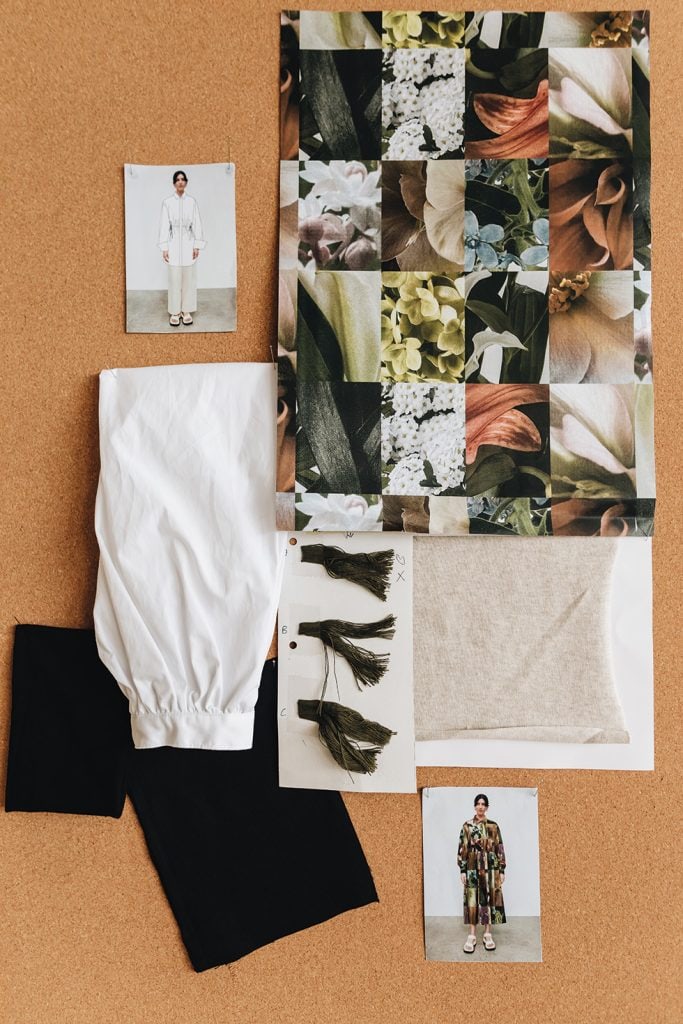
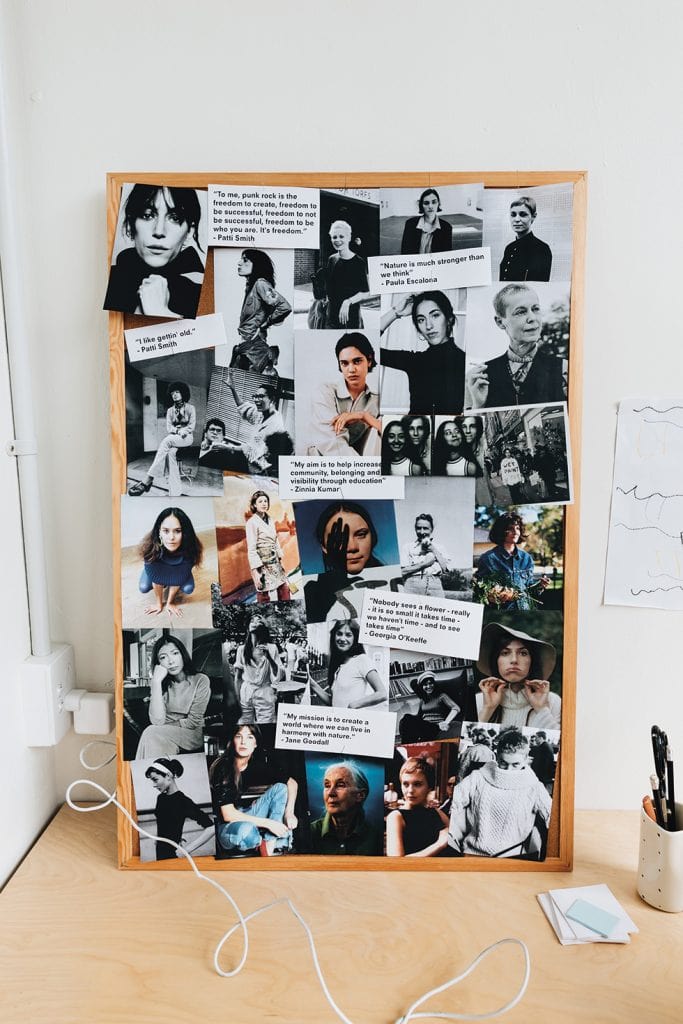
Kowtow has made a conscious effort to work sustainably and ethically from the start — what does that look like today? The vision has been the same since Gosia started the brand 16 years ago: to create a positive impact for people and the planet by using only 100% Fairtrade, certified-organic cotton. We feel a responsibility to make clothing with longevity and want to ensure the circularity of each Kowtow garment, which is why we offer free repairs and a takeback programme.
On the innovation side, the team has been working towards the goal of eliminating plastic in all our collections, packaging and workroom as part of a commitment to our sustainability strategy. The elastic in our pants has been replaced with natural rubber, our buttons are made of shells and nuts. All these small details are huge wins.
Using a single natural fibre was a way to focus and be in a grounded place where creativity and innovation go hand in hand. To me, it feels very inspiring to be ‘limited’ — it tickles the creative part of the brain, I think.
The Kowtow studio is also a textile design studio, where we develop new fabrics out of the same fibre every season to add to our staple jersey and poplin. Cotton is generally a trans-seasonal material, but we also develop lighter-weight fabrics like voile for summer, and chunky cotton knitwear to keep you warm in the colder months.
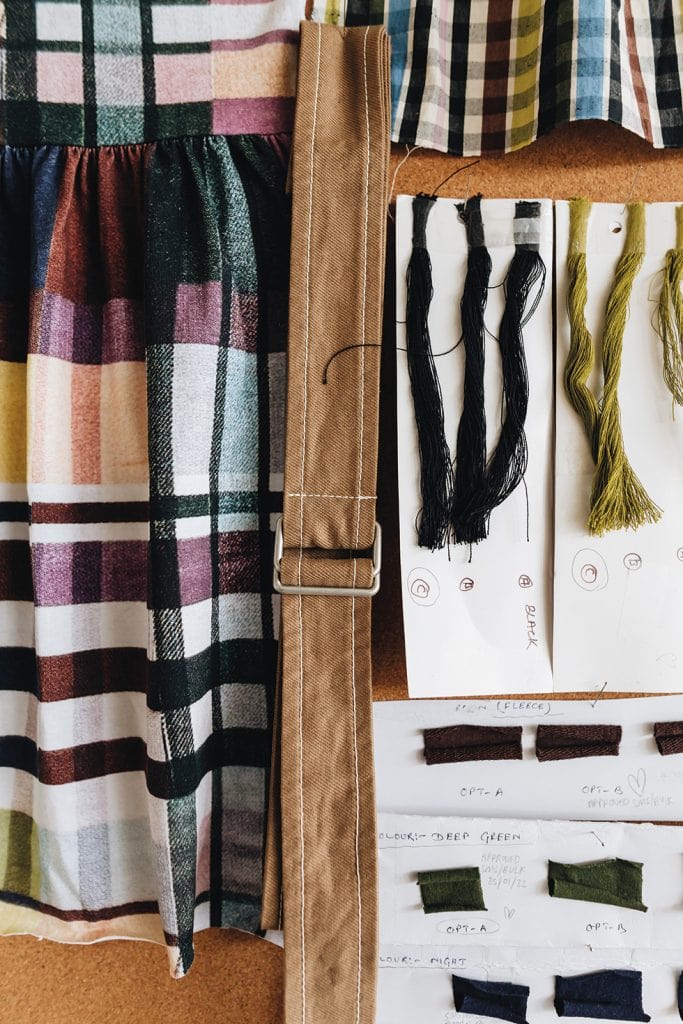
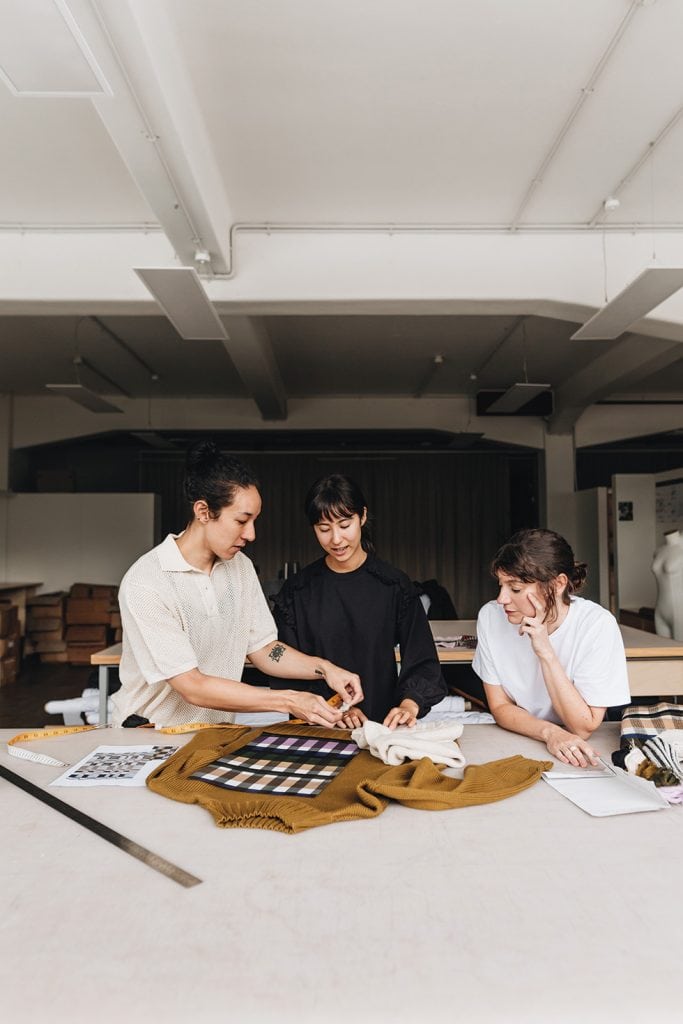
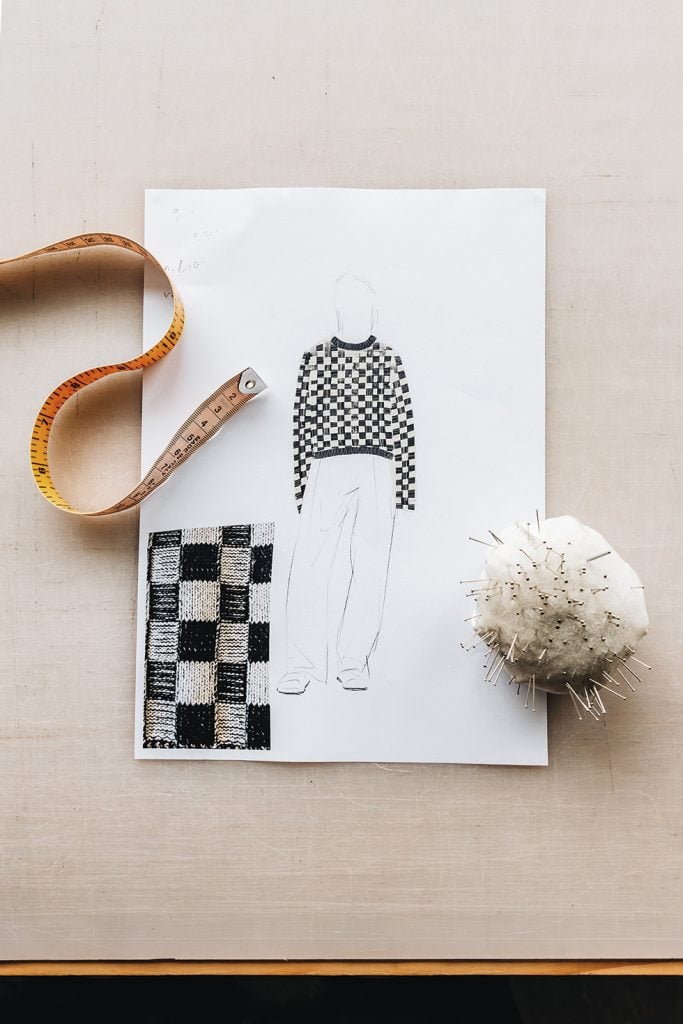
What themes have you examined with your new collection? I like to explore garments that have a specific function — like uniforms, workwear, sportswear — and infuse these references into everyday clothes. It’s about emphasising functional elements such as pockets, or referencing workwear by playing with topstitching, for example. This is a constant theme that I take into each collection.
I started designing the latest collection in the spring of 2021. It was born out of a sudden and obsessive interest in industrial designers and everyday objects, an invitation to look at clothes and wardrobes as functioning objects that answer a practical need.
I believe it’s in the ‘less and better’ approach that we can make a difference in the way we dress and shop. A wardrobe doesn’t have to be big to function — it has to work for longer with less: less fibre, less trims, less fuss. My mission is to design clothes that stop you buying more clothes! When designing, I envisioned pieces as blocks that can be assembled in different ways according to one’s style or intention for the day. I want to encourage buying fewer clothes that can be worn more often.


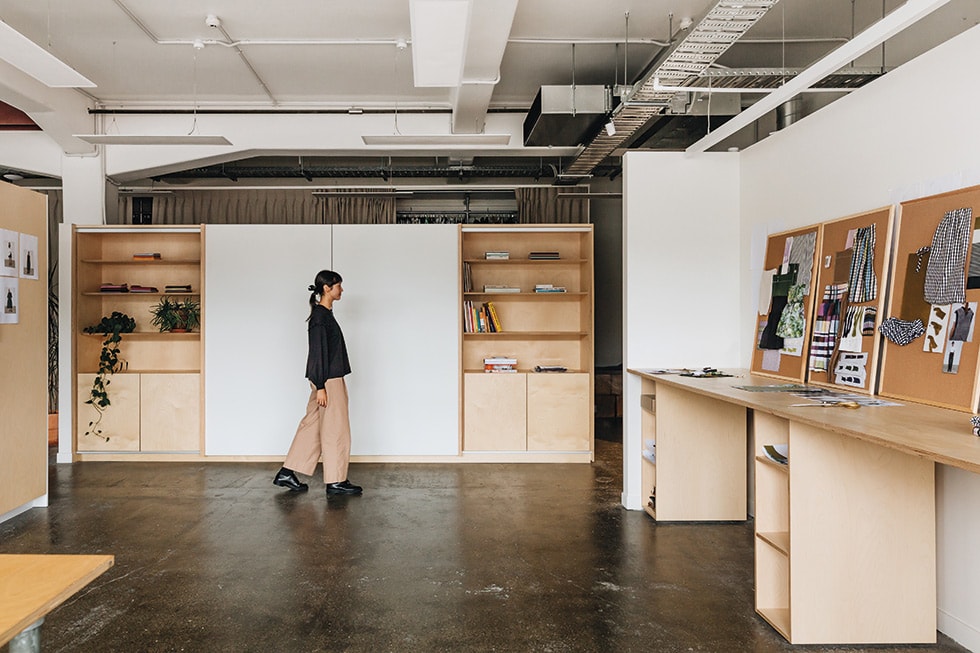
What guides your colour choices? It makes me happy that colour is now perceived as part of Kowtow’s DNA, because it’s such a key step in the design process and one of my favourite parts. Producing garments directly from the yarn means we have to create every shade of a collection ourselves — we don’t rely on fabric suppliers’ palettes of fabrics, or colour forecasting, which is traditionally the case in the industry.
When I start thinking about the colours of a collection, it’s very intuitive and abstract. I assemble colours from images and materials I’ve found, and play with the harmony and tension between them in a way that makes shades sing together in a tune I haven’t heard before. When I get this feeling of strangeness and beauty, I know I’ve arrived somewhere interesting and start refining and building the range with these colours. It then becomes that big equation of needing each shade to work independently on a garment and as an ensemble.
What makes you optimistic for the future? I’m a natural optimist, but it’s difficult not to get weighed down by the state of the world sometimes. I believe a lot of small actions can have a big impact. Even if working in a different way is harder, I’m surrounded by people who’re on the same mission and that’s very exciting.
nz.kowtowclothing.com
Interview Alice Lines
Photography Bonny Beattie

